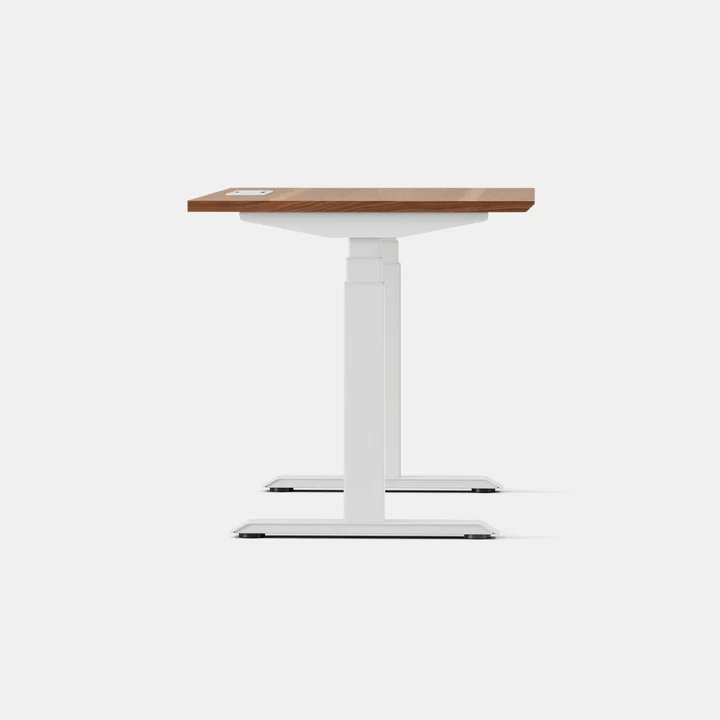Designing for “the Universe”
Designing for “the Universe”
by SweisKloss
August 15, 2024
by SweisKloss
August 15, 2024
- Who doesn’t like to make a grand entrance? A wide front door, no steps, and a flat non-slippery surface are a must for wheelchairs, walkers, and strollers alike.
- Open concept living is a popular trend that creates a sense of spaciousness we all seek. This design plan is also wheelchair friendly, helpful for those with hearing issues as “people can look to see each other and communicate” and beneficial for those with visual impairments as it allows for more natural lighting and less dark spaces (House Beautiful).
SK’s Santa Monica Mid Century Modern
- Floor-to-ceiling windows and skylights are a great source for natural light, adding brightness for those with poor eyesight and improving everyone’s mental wellbeing.
SK’s Mar Vista Modern
- Bespoke kitchen cabinets, high-end finishes and stylish backsplashes can make a statement and still be adaptable. Lower heights for workstations in the kitchen, as well as the bathroom, laundry and home office. HGTV recommends removing lower cabinets in the kitchen (and vanities in the bathroom) so wheelchair users can roll right up to the sink. A microwave integrated into lower cabinetry is more convenient for a wheelchair user, and for young cooks, and frees up counter space “for a less-cluttered look overall” (HGTV). Hafele’s high-end in-cabinet storage conveniently organizes pots, pans and utensils using a carousel, pivoting or pull-out system.
Hafele
- Light switches and door handles should be low enough to reach in a wheelchair. Consider installing lights in cabinetry toe kicks and inside drawers can help those with poor eyesight. Lever handles or one-handed drawer pulls are easy to operate for wheelchair users as well as those without full use of their arms, or weak upper body strength.
- Turn your bathroom into a spa-like space with Rejuvenation’s sleek grab bars that help steady you in the shower. Curb-less showers with benches, such as Pottery Barn’s modern teak bench, are more comfortable, safer and relaxing. Kohler Brockway’s antique-style sink with trough creates a vintage look to any bathroom and the bottomless design allows space for wheelchairs. Tall mirrors allow everyone to see their reflection.
- A bench at the end of the bed makes for a cozy spot to get dressed and prepped. Look for one with open storage to facilitate storing and access to items.
Photo courtesy of West Elm
- Standing desks are all the rage right now. Branch’s Standing Desk is exceptionally stable and with adjustable heights to accommodate wheelchairs and every height.
Photo courtesy of Branch Furniture
- Smart technology can make life easier and more integrated. Utilizing voice control, smart watches or tablets, smart technology can manage home security, temperature, lights or even the window coverings. House Beautiful recommends alarms from companies such as Blink, Ring and Nest that provide auditory notifications, visual ones such as flashing lights and sensory ones like vibrations.
Photo courtesy of Nest










